Elliott Wave Analysis as a Method of Determining
November 22, 2019
Developed in the first half of the previous century, the Elliott Wave method uses human sentiments like fear and greed to interpret markets. Ralph Elliott built the theory by documenting the stock market patterns.
He quickly noticed that the price moves in waves, or cycles, and so the Elliott Waves method appeared. Its beauty is that it uses principles valid for all markets, including today’s Forex.
Trading with the Elliott Wave Method
The Elliott theory uses cycles of various degrees to label the market moves. These cycles are formed by two different waves: impulsive and corrective.
Using a Forex broker’s trading platform like the MT4 makes it possible for retail traders to visualize cycles of various degrees. The rule of thumb says that these cycles have a bigger degree, the bigger the timeframe is.
For instance, the most significant Elliott Wave cycle is on the monthly chart, and then, with every lower timeframe, the market forms other cycles.
One of the most brilliant Elliott’s findings is the fact that each cycle has two parts: an impulsive and a corrective one.
Impulsive waves are five-wave structures. Also called motive waves, the market advances or declines aggressively during their formation.
A correction follows any impulsive wave. In sharp contrast with impulsive waves, corrective waves are three-wave structures.
Therefore, we can say that an Elliott cycle is a five-wave structure followed by a three-wave one. Or, a cycle is formed of an impulsive and corrective wave.
Trading with the Elliott Wave method implies labeling impulsive and corrective waves. Ralph Elliott set clear rules for labeling the waves, using numbers and letters to count.
The division is simple: numbers for impulsive waves and letters for corrective ones. In other words, from this moment on, whenever you see an Elliott Wave count with numbers and letters, you will know the trader wanted to illustrate impulsive and corrective waves.
Labeling waves in Forex trading is similar to the labeling of any other market. An impulsive wave is labeled 1-2-3-4-5, with the 2nd and the 4th waves being corrective, and the other ones impulsive.
The structure may be the 1st wave of an impulsive move, or the 3rd wave, or even the 5th one. Also, it may be the a-wave or the c-wave in a zigzag (a zigzag is a simple correction) or just the c-wave in a flat pattern (another corrective wave part of the theory).
The Elliott Wave method of trading the Forex market is very popular among retail traders. Because it uses human nature principles to count waves, it is easy to set a trading strategy based on it. For instance, traders count waves to anticipate the next market move, as the 3rd wave in an impulsive wave.
The beauty of the Elliott method is that it also uses the time element. Many patterns part of the theory depend on what the market does after the pattern’s completion. Typically, the market must retrace or advance at a particular time, to confirm the pattern. Putting price and time together in a forecast is the holy grail in Forex trading, and the Elliott Wave method is the one that enables it.



